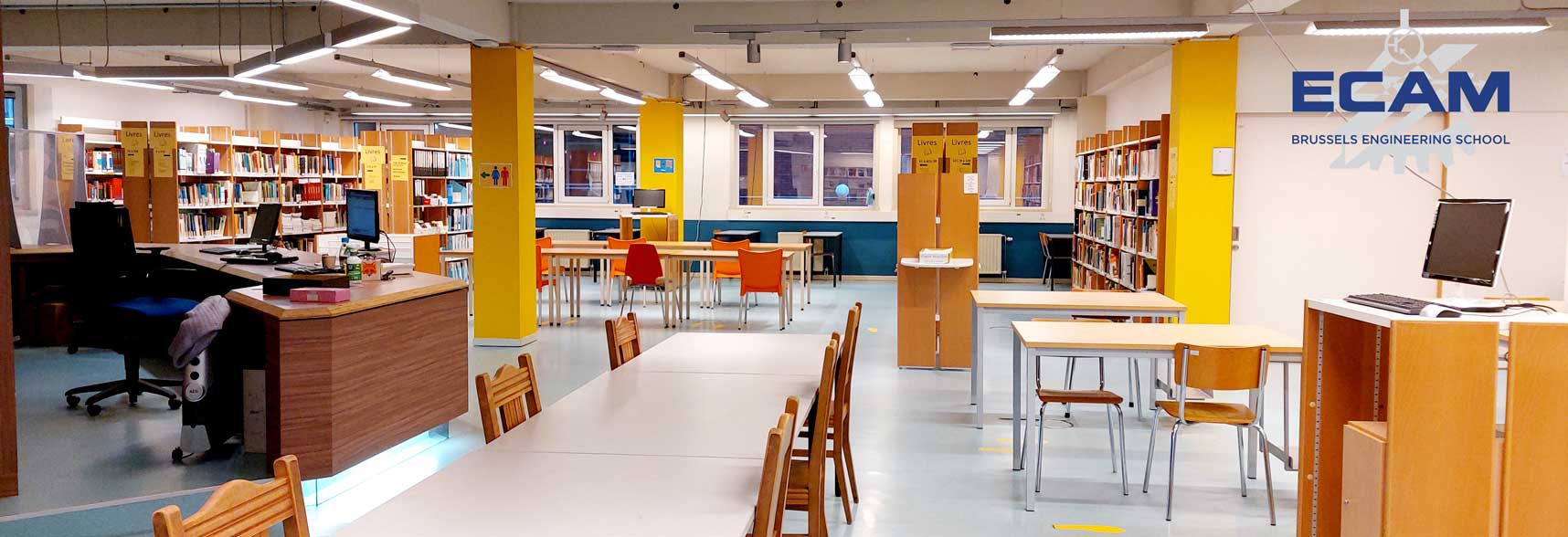| Titre : |
Biomechanical effects of different alignments in total knee arthroplasty : in-silico model development and experimental validation |
| Type de document : |
Travail de fin d'ÃĐtudes |
| Auteurs : |
Lucie DELLI RUSSI, Auteur ; Edoardo BORI, ; Bechir Maaref, |
| Editeur : |
ECAM |
| AnnÃĐe de publication : |
2024 |
| Langues : |
Anglais (eng) |
| Mots-clÃĐs : |
Validation |
| Index. dÃĐcimale : |
TFE - IngÃĐnierie de la SantÃĐ |
| RÃĐsumÃĐ : |
One of the most widespread joint pathology is osteoarthritis, involving cartilage degeneration, leading to bone-on-bone friction, pain, inflammation, and restricted mobility. Total Knee Arthroplasty (TKA) is a commonly performed surgical procedure for addressing osteoarthritic knee joints, aiming to restore function and relieve discomfort by replacing the damaged knee joint interface with a prosthesis. Optimal alignment of the prosthetic components is crucial for ensuring favorable clinical outcomes and implant longevity in TKA procedures. However, different alignment approaches among the surgeons have arisen but yet they remain subject to ongoing debate. This study aims to deepen our understanding of the mechanical behavior of knee implants to help surgeons in their decision-making regarding bone cuts during knee surgery. The research focuses on investigating the biomechanical effects of different alignments in a Cruciate-Retaining (CR) TKA during static standing through the development of both in-silico models and experimental validation. In-silico models are developed using finite element analysis to simulate the mechanical response of the knee implant under various alignment configurations. In parallel, experimental testing is conducted on a loading frame using the CR implant, under the same alignment configurations, to confirm the findings of the computational models. The study analyzes the effects of alignment on force distribution at the tibio-femoral prosthesis interface to evaluate their impact on implant performance and patient outcomes. Given the considerable impact of this issue on a large population, research in this area is essential. Thanks to this research work on knee implants, new data are provided. Through the comparison of experimental and numerical results, the developed numerical model is validated, enhancing our understanding of the influence of alignments on TKA biomechanics. Link to the teaser video : https://kdrive.infomaniak.com/app/share/656615/f8fe7c3a-5f89-4fa9-88b8-39650c18d8eb |
Biomechanical effects of different alignments in total knee arthroplasty : in-silico model development and experimental validation [Travail de fin d'ÃĐtudes] / Lucie DELLI RUSSI, Auteur ; Edoardo BORI, ; Bechir Maaref, . - ECAM, 2024. Langues : Anglais ( eng)
| Mots-clÃĐs : |
Validation |
| Index. dÃĐcimale : |
TFE - IngÃĐnierie de la SantÃĐ |
| RÃĐsumÃĐ : |
One of the most widespread joint pathology is osteoarthritis, involving cartilage degeneration, leading to bone-on-bone friction, pain, inflammation, and restricted mobility. Total Knee Arthroplasty (TKA) is a commonly performed surgical procedure for addressing osteoarthritic knee joints, aiming to restore function and relieve discomfort by replacing the damaged knee joint interface with a prosthesis. Optimal alignment of the prosthetic components is crucial for ensuring favorable clinical outcomes and implant longevity in TKA procedures. However, different alignment approaches among the surgeons have arisen but yet they remain subject to ongoing debate. This study aims to deepen our understanding of the mechanical behavior of knee implants to help surgeons in their decision-making regarding bone cuts during knee surgery. The research focuses on investigating the biomechanical effects of different alignments in a Cruciate-Retaining (CR) TKA during static standing through the development of both in-silico models and experimental validation. In-silico models are developed using finite element analysis to simulate the mechanical response of the knee implant under various alignment configurations. In parallel, experimental testing is conducted on a loading frame using the CR implant, under the same alignment configurations, to confirm the findings of the computational models. The study analyzes the effects of alignment on force distribution at the tibio-femoral prosthesis interface to evaluate their impact on implant performance and patient outcomes. Given the considerable impact of this issue on a large population, research in this area is essential. Thanks to this research work on knee implants, new data are provided. Through the comparison of experimental and numerical results, the developed numerical model is validated, enhancing our understanding of the influence of alignments on TKA biomechanics. Link to the teaser video : https://kdrive.infomaniak.com/app/share/656615/f8fe7c3a-5f89-4fa9-88b8-39650c18d8eb |
|  |


 Visionner les documents numÃĐriques
Affiner la recherche
Visionner les documents numÃĐriques
Affiner la rechercheBiomechanical effects of different alignments in total knee arthroplasty : in-silico model development and experimental validation / Lucie DELLI RUSSI

 Ce document n'est visible qu'aprÃĻs identification
Ce document n'est visible qu'aprÃĻs identification

